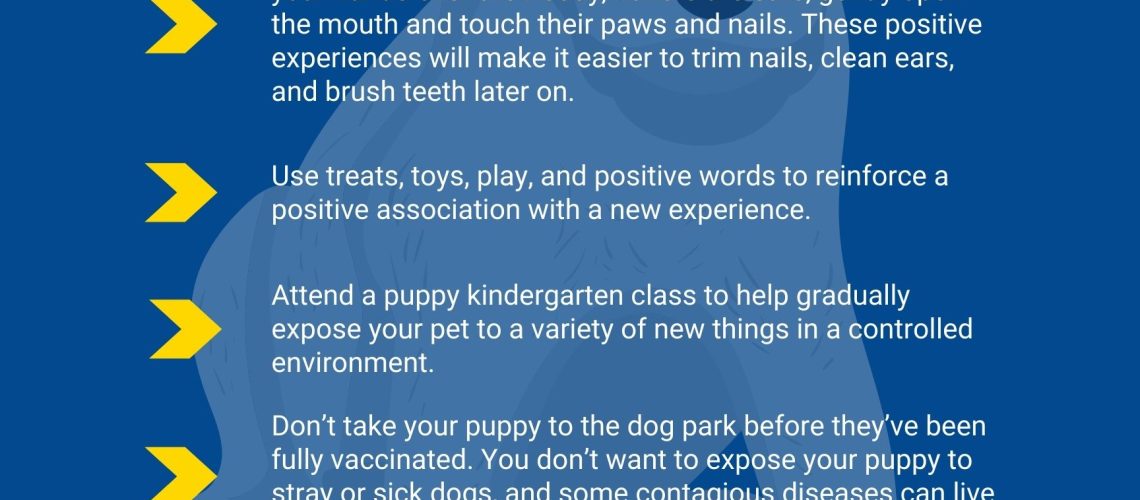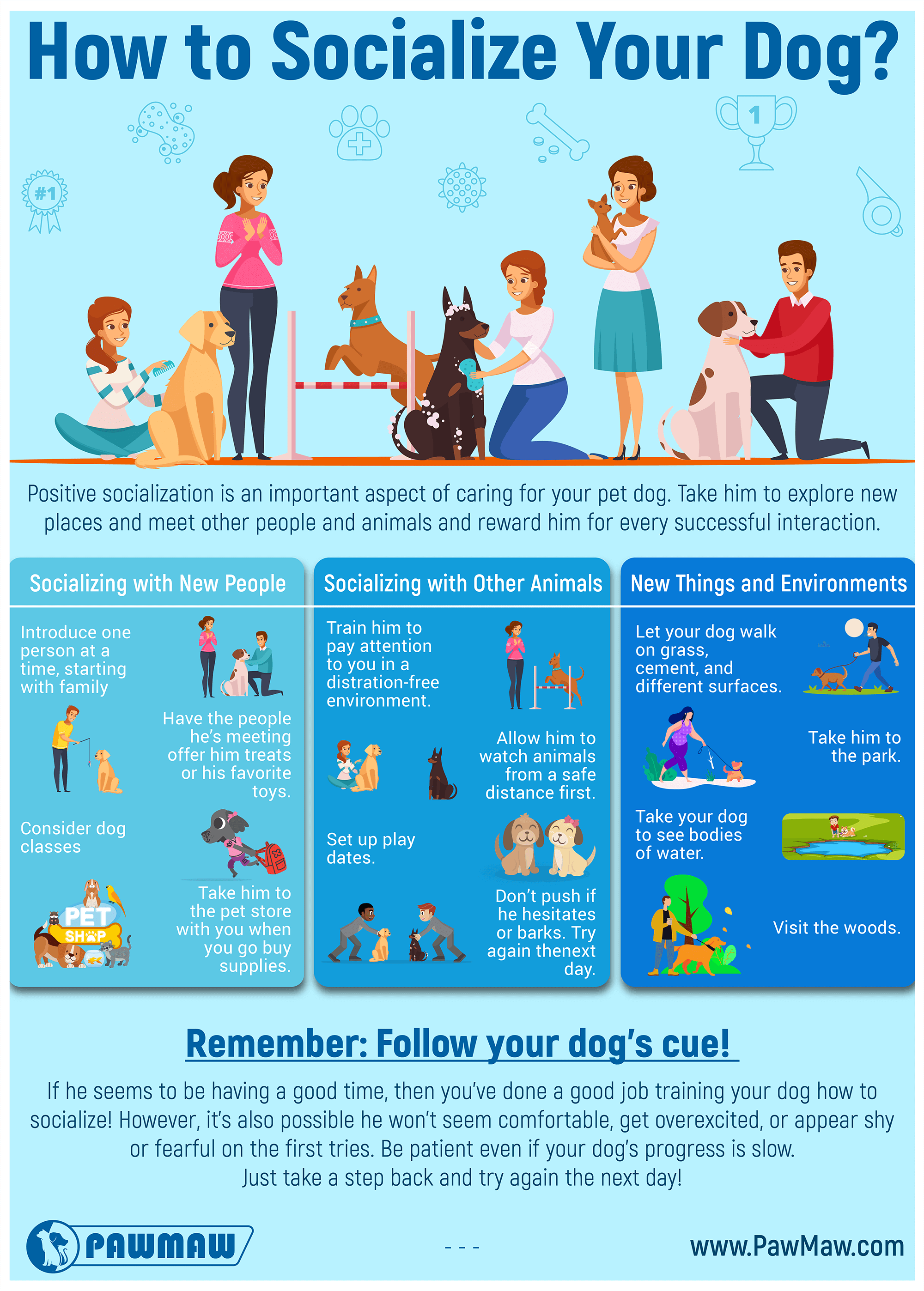In this guide, we will explore effective strategies and techniques to help you socialize your dog or puppy with confidence. Discover the importance of socialization and learn practical tips to ensure your furry friend develops strong social skills for a happy and well-adjusted life.
Key Takeaways:
- Start socializing your dog or puppy at a young age to ensure they develop good behavior and confidence around other animals and people.
- Expose your dog to various environments, noises, and experiences to help them become adaptable and less fearful in different situations.
- Use positive reinforcement techniques such as treats, praise, and rewards to encourage good behavior during socialization exercises.
- Gradually introduce your dog to new people, animals, and places, ensuring their safety and comfort throughout the process.
- Regularly engage in socialization activities with your dog to maintain their social skills and prevent regression.
What is socialization for dogs or puppies?
Socialization is the process of teaching your dog or puppy how to interact with other animals, people, and different environments. It helps them develop positive behaviors and become well-adjusted members of society. When a dog is properly socialized, they are more likely to feel comfortable and confident in new situations.
During socialization, dogs learn how to communicate with others and understand appropriate behavior. They also learn to overcome fear and anxiety by gradually exposing them to different experiences in a controlled and positive way.
Some examples of socialization activities include taking your dog for walks in busy areas, introducing them to friendly dogs and people, visiting new places like parks or pet-friendly stores, and participating in training classes or group play sessions.
Why is it important to socialize your dog or puppy?
Socializing your dog or puppy is crucial for their overall well-being and happiness. When dogs are not properly socialized, they may develop behavioral problems such as aggression, fearfulness, or excessive barking. These issues can make it difficult for them to enjoy everyday activities and can strain their relationship with you and others.
Socialization also helps prevent future problems by teaching dogs how to handle different situations calmly. Dogs that have been properly socialized are less likely to feel anxious or fearful when encountering new people, animals, or environments. This makes it easier for them to adapt to changes in their surroundings without becoming stressed.
In addition, socialization provides mental stimulation for dogs. It gives them the opportunity to explore the world around them and engage in positive interactions with other living beings. This can help prevent boredom and destructive behaviors that may arise from lack of stimulation.
When should you start socializing your dog or puppy?
It is best to start socializing your dog or puppy as early as possible. The critical period for socialization in puppies is between 3 and 14 weeks of age. During this time, they are more open and receptive to new experiences and less likely to develop fear or anxiety.
However, it is never too late to start socializing a dog. Even if you adopt an older dog, they can still benefit from socialization activities. It may take more time and patience, but with consistent training and positive experiences, older dogs can learn to overcome their fears and become more comfortable in different situations.
Remember that every dog is unique, so it's important to go at their own pace. If your dog seems overwhelmed or fearful during a socialization activity, take a step back and try again later with a slower introduction.
How can you introduce your dog or puppy to new people?
Introducing your dog or puppy to new people should be done gradually and in a positive manner. Here are some steps you can follow:
Step 1: Create a calm environment
Choose a quiet area where your dog feels safe and comfortable. Avoid introducing them to new people in crowded or noisy places initially.
Step 2: Use treats and rewards
Ask the person you want to introduce your dog to approach slowly while holding out a treat. When your dog approaches them calmly, reward them with praise and another treat. This helps create positive associations with meeting new people.
Step 3: Gradually increase interaction
Once your dog is comfortable taking treats from the person's hand, allow them to pet your dog gently while continuing to give treats as rewards. Make sure the person avoids any sudden movements or loud noises that may startle your dog.
Step 4: Repeat and reinforce
Continue practicing these introductions with different people in various environments. The more positive experiences your dog has, the more comfortable they will become around new individuals.
What are some safe ways to introduce your dog or puppy to other dogs?
Introducing your dog or puppy to other dogs should be done carefully to ensure everyone's safety. Here are some safe ways to do it:
On-leash introductions
If both dogs are on leashes, you can start by walking them parallel to each other at a distance where they feel comfortable. Gradually decrease the distance between them while watching their body language for signs of stress or aggression. If all goes well, you can allow them to sniff each other briefly while still on leash.
Off-leash introductions in a controlled environment
If you have access to a secure and enclosed area, such as a backyard or a designated dog park, you can let the dogs off leash under supervision. Start with one dog at a time and observe their interactions closely. If they seem relaxed and friendly, you can gradually introduce more dogs into the mix.
Professional assistance
If you're unsure about how to safely introduce your dog to others, consider seeking help from a professional dog trainer or behaviorist. They can provide guidance and support during the process, ensuring that all interactions are positive and stress-free for your furry friend.
How can you help your dog or puppy feel comfortable around different environments?
To help your dog or puppy feel comfortable in different environments, follow these tips:
Gradual exposure
Introduce your dog to new environments slowly and in small doses. Start with calm and quiet places before gradually exposing them to busier or more stimulating environments. This allows them to adjust at their own pace without feeling overwhelmed.
Positive reinforcement
Bring treats or toys that your dog loves when introducing them to new environments. Reward them with praise and treats for calm behavior, exploring, or interacting positively with their surroundings. This helps create positive associations with different places.
Familiar scents
If possible, bring familiar items from home, such as a blanket or toy, to new environments. The familiar scent can provide a sense of comfort and familiarity for your dog.
Consistency
Consistently expose your dog to different environments to help them become more adaptable. Regular outings and visits to various places will help build their confidence and reduce anxiety over time.
Are there any specific training techniques that can aid in socializing your dog or puppy?
Yes, there are several training techniques that can aid in socializing your dog or puppy:
Reward-based training
Using positive reinforcement techniques, such as giving treats, praise, or playtime when your dog displays desired behaviors during socialization activities. This encourages them to associate positive experiences with the situations they encounter.
Desensitization and counterconditioning
This technique involves gradually exposing your dog to situations that may cause fear or anxiety while pairing it with something positive, like treats or playtime. Over time, this helps change their emotional response from fear or anxiety to a more positive one.
Obedience training
Teaching basic obedience commands like sit, stay, and come can help your dog feel more confident and in control during socialization activities. It also allows you to have better control over their behavior in new situations.
Clicker training
Using a clicker, which makes a distinct sound, to mark desired behaviors during socialization. Pairing the click with treats or rewards helps reinforce positive behaviors and strengthens the bond between you and your dog.
Remember to be patient and consistent with training techniques. Every dog learns at their own pace, so it's important to tailor the training approach to their individual needs and personality.
What are some signs that indicate your dog or puppy may be feeling anxious during socialization?
Dogs communicate their emotions through body language. Here are some signs that may indicate your dog is feeling anxious during socialization:
- Tail tucked between legs
- Ears pinned back
- Panting excessively
- Cowering or hiding
- Excessive yawning or lip licking
- Avoiding eye contact
- Trembling or shaking
- Barking or growling
- Attempting to escape or hide behind you
If you notice any of these signs, it's important to remove your dog from the situation causing anxiety and provide them with a calm and safe environment. Pushing them too far can worsen their fear or anxiety, so it's best to take things slow and gradually build their confidence.
Can you provide examples of activities that promote positive socialization for dogs or puppies?
There are many fun activities that promote positive socialization for dogs or puppies. Here are a few examples:
Puppy playdates
Arrange playdates with other friendly and well-socialized puppies or dogs. This allows them to interact and learn appropriate play behaviors from each other in a safe and supervised environment.
Training classes
Enroll your dog in obedience or socialization training classes. These classes provide structured environments where dogs can learn to listen to commands, work on their social skills, and interact with other dogs under the guidance of a professional trainer.
Visiting pet-friendly stores
Take your dog to pet-friendly stores that allow dogs. This exposes them to different sights, sounds, and smells while also providing opportunities for positive interactions with store employees and other customers who may want to greet or pet them.
Outdoor adventures
Take your dog on hikes, walks in the park, or visits to dog-friendly beaches. These outdoor activities expose them to new environments, people, and animals while allowing them to explore and enjoy nature.
Café outings
If there are dog-friendly cafes in your area, bring your dog along for a coffee outing. Sitting outside at a café allows your dog to observe people passing by and experience the hustle and bustle of daily life in a controlled setting.
Remember that every activity should be tailored to your dog's individual needs and comfort level. Always prioritize their safety and well-being during socialization experiences.
| Conclusion: |
| Socializing your dog or puppy is crucial for their overall well-being and happiness. By following the steps mentioned in this guide, you can ensure that your furry friend becomes a confident and well-adjusted companion. Remember to start early, expose them to various environments, people, and animals gradually, use positive reinforcement techniques, and seek professional help if needed. With patience, consistency, and love, you'll be able to raise a sociable and friendly dog that brings joy to everyone they meet! |
How do I socialize my dog with my puppy?
It is recommended that the meeting takes place in a neutral setting, such as a park. It is important to avoid introducing the dogs in the house or yard, as the resident dog may feel territorial. Open areas, like parks, are ideal as they provide interesting distractions for the dogs.
Is it ever too late to socialize a dog?
There is no deadline for socializing an adult dog. If your dog lacks exposure to the outside world, you can begin today. We hope you have success and when your dog is ready, we would be happy to have them at Hounds Lounge for doggie daycare! By the way, don't forget to connect with us on social media.
How long does it take for a dog to get used to a new puppy?
The process of an old dog and a new dog settling in and accepting each other's roles in the pack can take up to a month. If you are considering getting a second dog, it is important to be prepared for this process and not become anxious.
What is the best age to socialize a puppy?
Puppies are most receptive to new experiences between the ages of 3 and 12 weeks. After this period, they tend to become more cautious about unfamiliar things. It is recommended to start socialization classes for puppies as early as 7 to 8 weeks old.
What is the rule of 7 puppy socialization?
The subject has consumed food from at least seven distinct containers, been handled and interacted with by at least seven different individuals, experienced at least seven car rides covering a distance of one mile each, been confined in a crate on at least seven occasions, engaged with at least seven different types of toys, and walked on at least seven different surfaces such as grass, gravel, and concrete.
How do you fix a poorly socialized dog?
If you believe your dog lacks socialization, the most effective solution is to invest in training. Begin by ensuring your dog is familiar with basic commands such as "heel," "sit," and "come," as these can be useful if your dog exhibits problematic behavior. However, it is even more beneficial to dedicate time to socialize your dog.

















